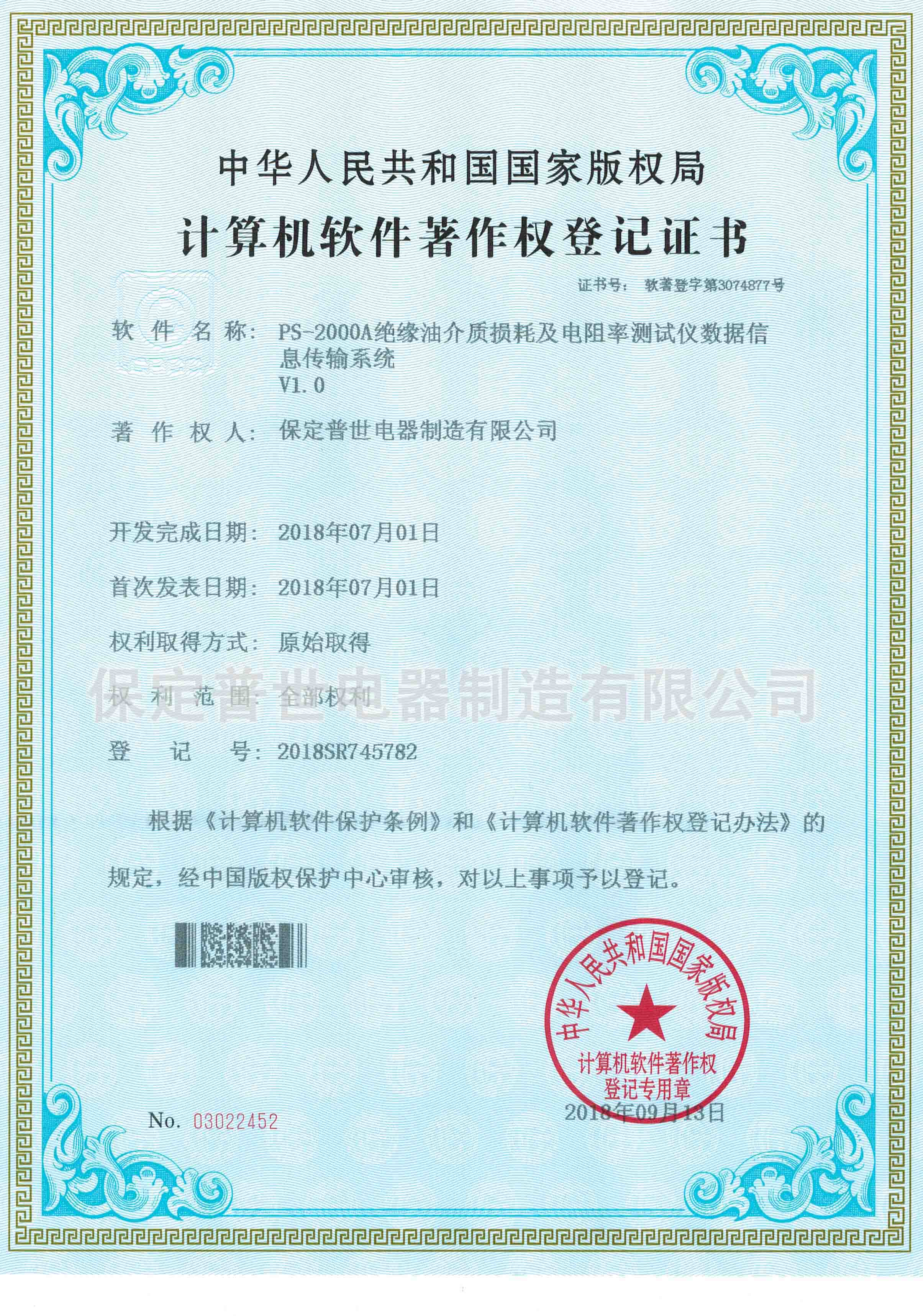 English
English


Understanding Transformer Voltage and Turns Ratio Relationships for Efficient Power Transfer
Understanding Voltage and Turns Ratio in Transformers
Transformers play a crucial role in electrical engineering, specifically in the transmission and distribution of electrical energy. One of the key concepts associated with transformers is the relationship between voltage and turns ratio. This relationship helps in understanding how transformers can either step up or step down voltage levels as needed in various applications.
The fundamental principle behind a transformer lies in electromagnetic induction. A transformer consists of two coils of wire, known as the primary and secondary windings, which are wrapped around a magnetic core. When an alternating current (AC) flows through the primary winding, it creates a magnetic field that induces a voltage in the secondary winding. The induced voltage across the secondary is determined by the turns ratio of the windings.
The turns ratio is the ratio of the number of turns of wire in the primary winding (N1) to the number of turns in the secondary winding (N2). This can be expressed mathematically as
\[ \text{Turns Ratio} (a) = \frac{N1}{N2} \]
voltage and turns ratio of transformer

This ratio directly affects the output voltage of the transformer. The relationship between the primary voltage (V1) and the secondary voltage (V2) can be described by the formula
\[ \frac{V1}{V2} = \frac{N1}{N2} \]
From this equation, it becomes clear that if the turns ratio is greater than 1 (N1 > N2), the transformer steps down the voltage; conversely, if the turns ratio is less than 1 (N1 < N2), the transformer steps up the voltage. This functionality is vital for ensuring that electrical energy can be transmitted efficiently over long distances, often requiring high voltages to minimize energy loss.
Additionally, understanding voltage and turns ratio is essential when designing transformer circuits. Engineers must consider the required voltage levels at different points in a system to ensure that equipment operates efficiently and safely. Miscalculating the turns ratio can lead to inadequate performance, excessive heat generation, and damage to electrical components.
In summary, the relationship between voltage and turns ratio in transformers is fundamental to their operation. By manipulating the turns ratio, engineers can design systems that effectively control voltage levels, enhancing the efficiency and reliability of electrical distribution networks. Understanding this concept is crucial for anyone involved in electrical engineering, as it lays the groundwork for designing and implementing transformer applications in our modern power systems.
-
Differences between open cup flash point tester and closed cup flash point testerNewsOct.31,2024
-
The Reliable Load Tap ChangerNewsOct.23,2024
-
The Essential Guide to Hipot TestersNewsOct.23,2024
-
The Digital Insulation TesterNewsOct.23,2024
-
The Best Earth Loop Impedance Tester for SaleNewsOct.23,2024
-
Tan Delta Tester--The Essential Tool for Electrical Insulation TestingNewsOct.23,2024





